Somatic yoga is a style of yoga that emphasizes internal body awareness and a mind-body connection. It combines physical yoga postures with principles of somatic education to help students tune into subtle signals from their bodies. If you’re curious about this unique approach to yoga, read on to learn more about the meaning, techniques, and benefits of somatic yoga.
Definition and Key Principles of Somatic Yoga
Somatic essentially means “of the body.” Somatic practices teach students to carefully notice small cues from the body and use that feedback to move and position the body in more optimal ways. Somatic yoga incorporates this body awareness into yoga asanas or poses.
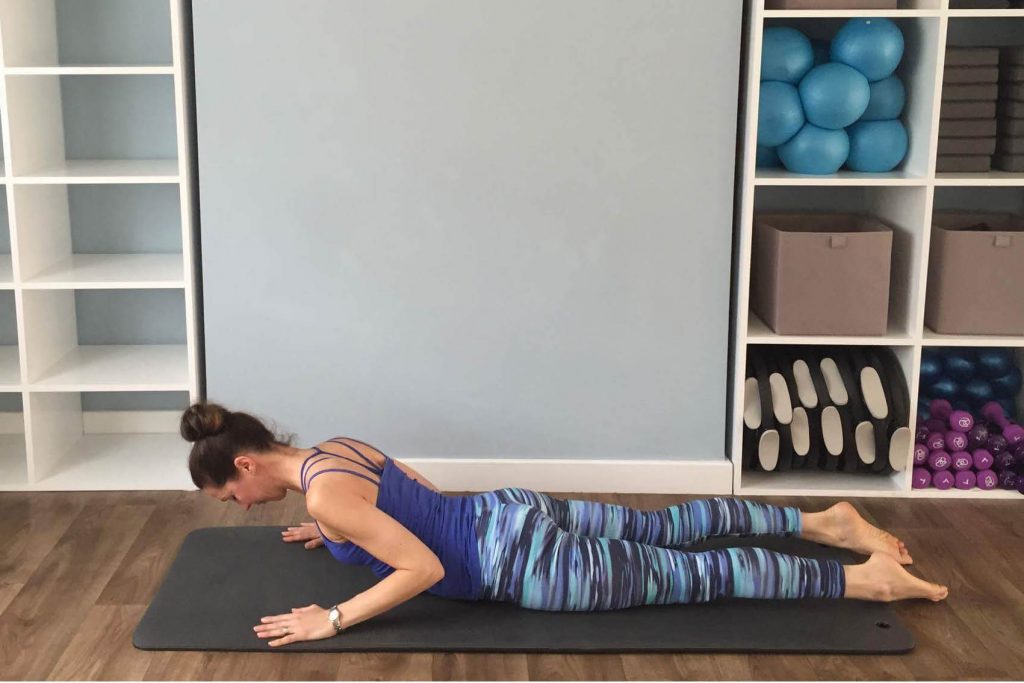
Signature Techniques and Tools
Somatic yoga classes emphasize body awareness cultivation through:
Interoceptive Exercises
These include systematically scanning different regions of the body to notice subtle sensations like tingling, pulsation, temperature, tightness, etc.
Mindful Movement
Moving slowly, fluidly, and consciously through yoga sequences while feeling how each microscopic adjustment changes pressures, tensions, and alignments.
Directionaled Attention
Using simple verbal cues to bring conscious awareness and energetic flow to specific body areas, such as “Relax your right shoulder blade.”
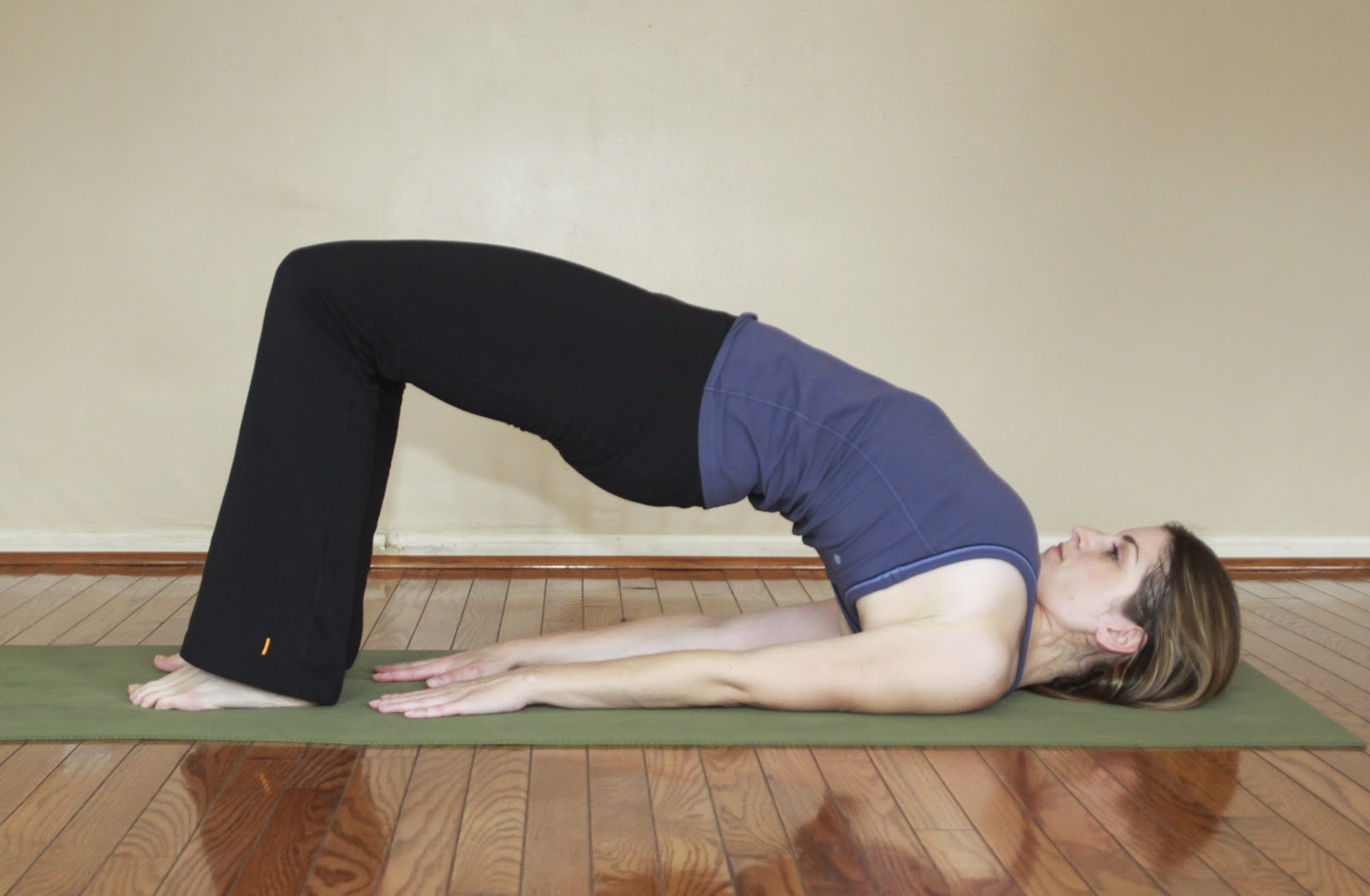
Supportive Props
Props like blocks, blankets, and straps are used abundantly to find easeful postures and prevent strain or collapse.
Minimal Cues
Instead of frequent alignment prompts, teachers allow space to tap into the body’s inner guidance system.
Common Postures and Sequences
Somatic yoga features slow, flowing sequences in poses like:
Child’s Pose – For interoceptive awareness of breathing patterns
Cat/Cow Pose – Feeling the spine undulate vertebra by vertebra
Forward Fold – Releasing tension in the hips, hamstrings, and lower back
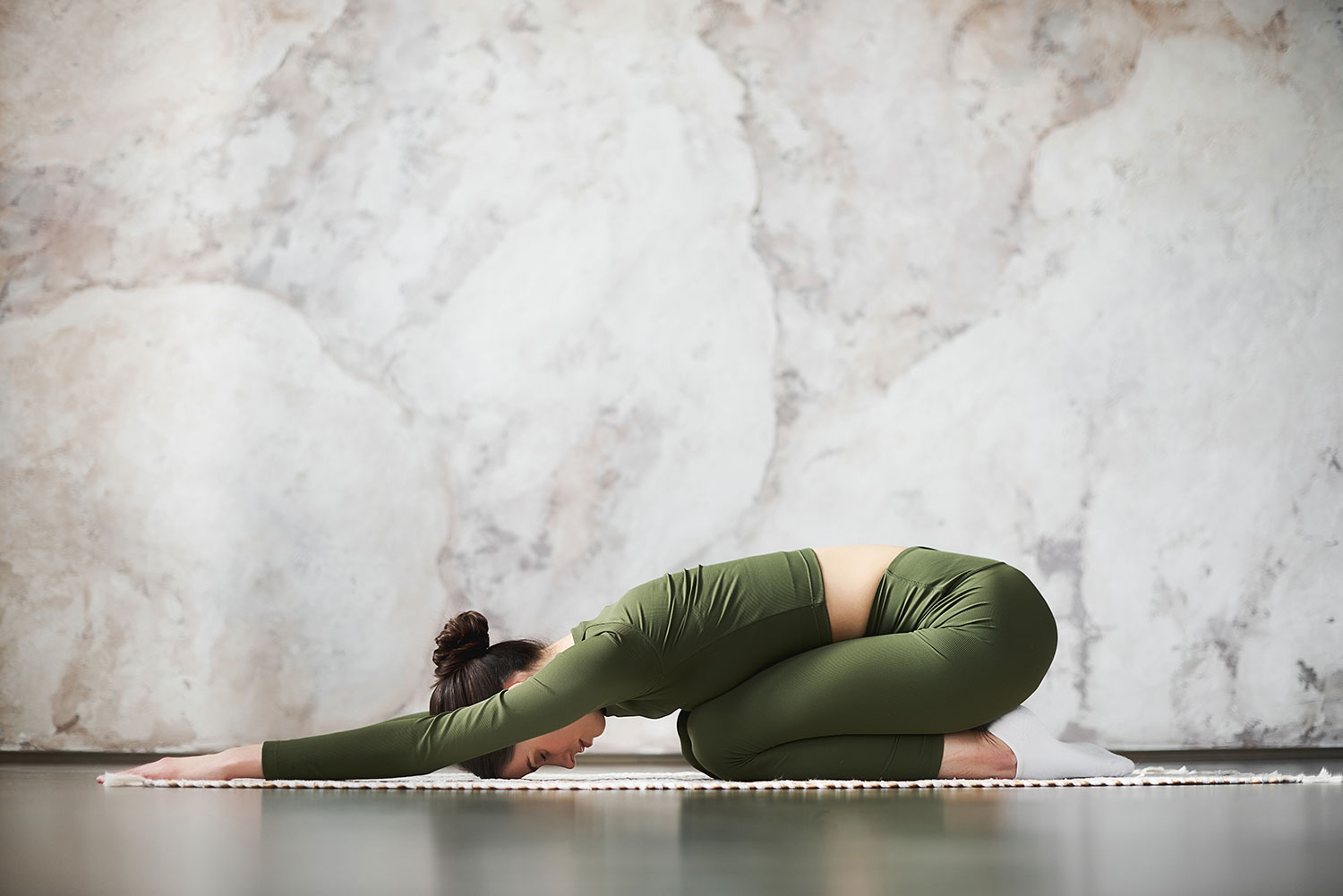
Downward Dog – Exploring micromovements to decompress the spine
Warrior Poses – Stabilizing and mobilizing with balance and control
Supine Twists – Rotating subtly from the core for spinal freedom
Savasana – Scanning, releasing, and integrating after practice
The emphasis is on mindfulness, ease, and tuning into body cues vs achieving perfect alignment.
Benefits of Somatic Yoga
Research validates advantages of somatic yoga, including:
- Reduced muscle tension and chronic pain
- Improved proprioception and body awareness
- Enhanced movement control and coordination
- Better posture and balance
- Increased body connection and intuition
- Decreased stress, anxiety, and depression
- Positive impacts on trauma recovery and embodiment
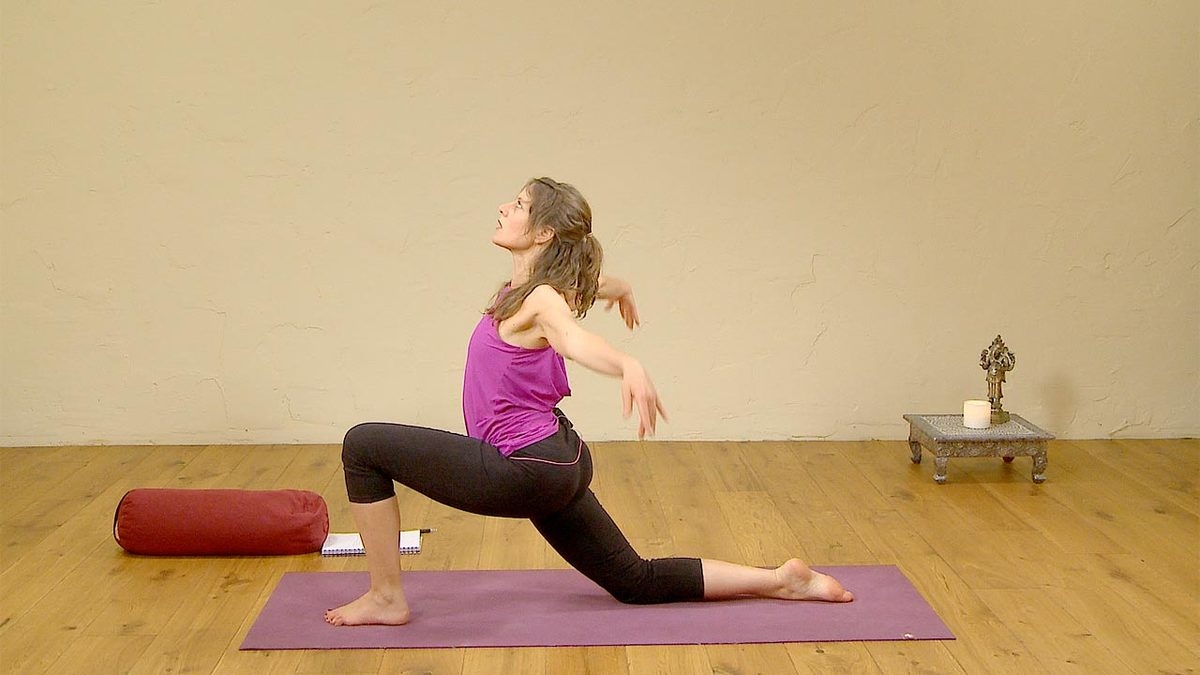
Through somatic yoga, students can unravel habitual holding patterns, meet their edge safely, unlock fluidity, and reconnect with inner somatic wisdom.
Is Somatic Yoga Right for You?
Somatic yoga offers a nurturing practice for students who:
- Want to cultivate mindfulness and body connection
- Have a history of pain, injury, or trauma
- Experience anxiety around traditional poses or alignment demands
- Value internal awareness over external achievement
- Seek to improve posture, balance, and coordination
- Desire to gain insights into subconscious movement habits
If those resonate, somatic yoga could provide a therapeutic and transformational experience.
Getting Started with Somatic Yoga
Give somatic yoga a try by:
- Taking classes from certified somatic yoga teachers when possible
- Practicing yoga mindfully by listening deeply to your body
- Exploring somatic exercises like body scans before or after yoga
- Using props liberally to ease poses
- Avoiding pain or strain in any postures
- Asking teachers for modifications to make poses feel soothing
- Reading books and articles to learn somatic principles
- Watching yoga videos online for guidance
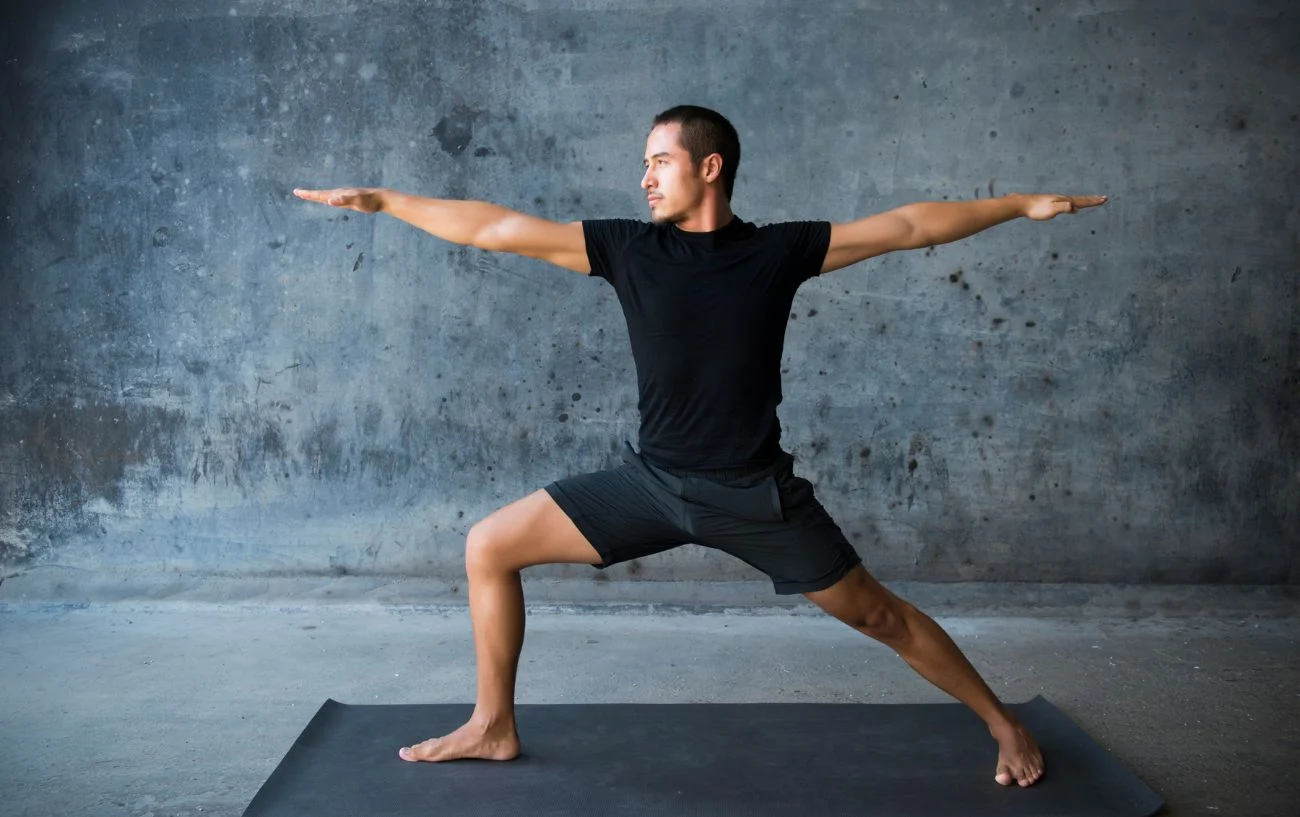
The key is letting go of preconceived ideas of what each posture “should” look like. Instead, discover what each pose feels like when you slowly mindfully inhabit your unique body. Somatic yoga invites you on a journey to connect with your inner wisdom one breath and sensation at a time.
Conclusion
Somatic Yoga offers a holistic approach to physical and mental well-being, focusing on the mind-body connection to release tension, enhance flexibility, and cultivate mindfulness. By integrating this practice into your routine, you can experience a profound transformation in your overall health and quality of life.


